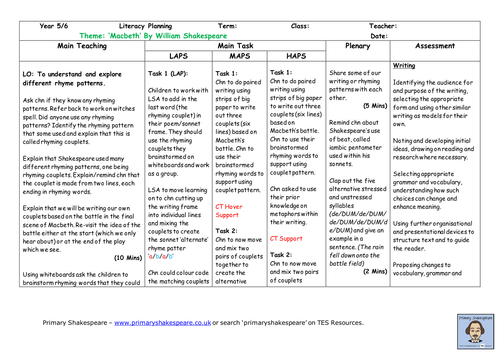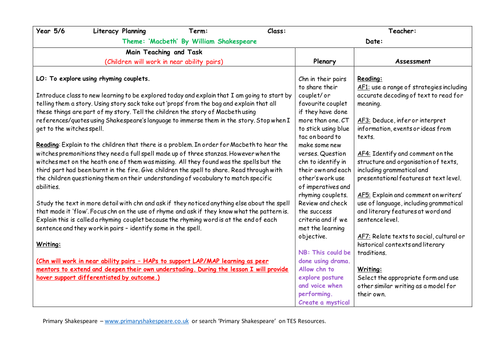Primary Shakespeare's Shop
Primary Shakespeare offers a variety of engaging lesson plans, activities, resources and lesson presentations for any busy primary teacher who wants to introduce their class to the world of William Shakespeare. Our work is linked directly to the most recent National Curriculum and EYFS frameworks and is suitable for children from Nursery to Year 6. Our aim is to provide quality first learning opportunities to help you engage your class in the life and plays of Shakespeare.
















